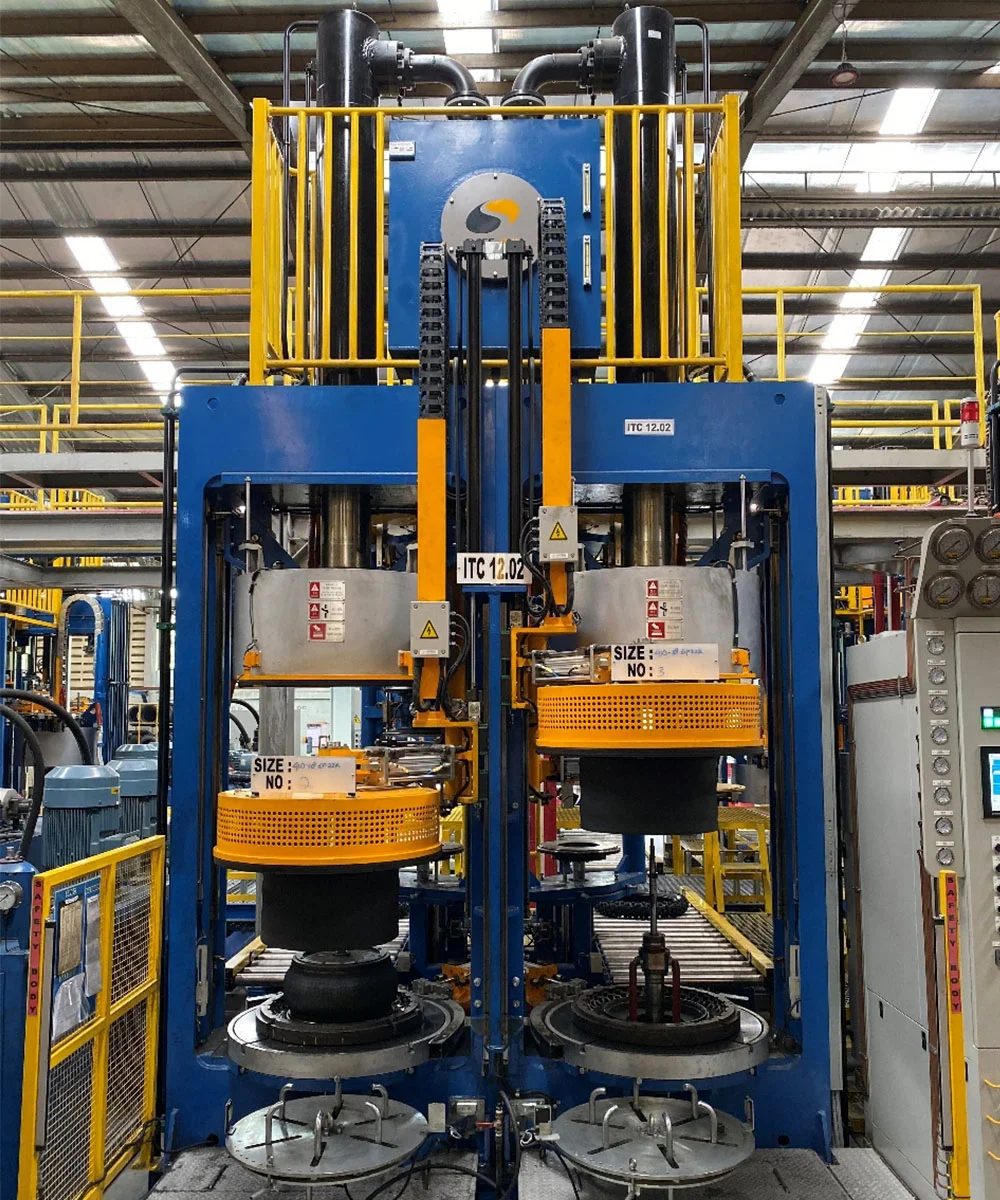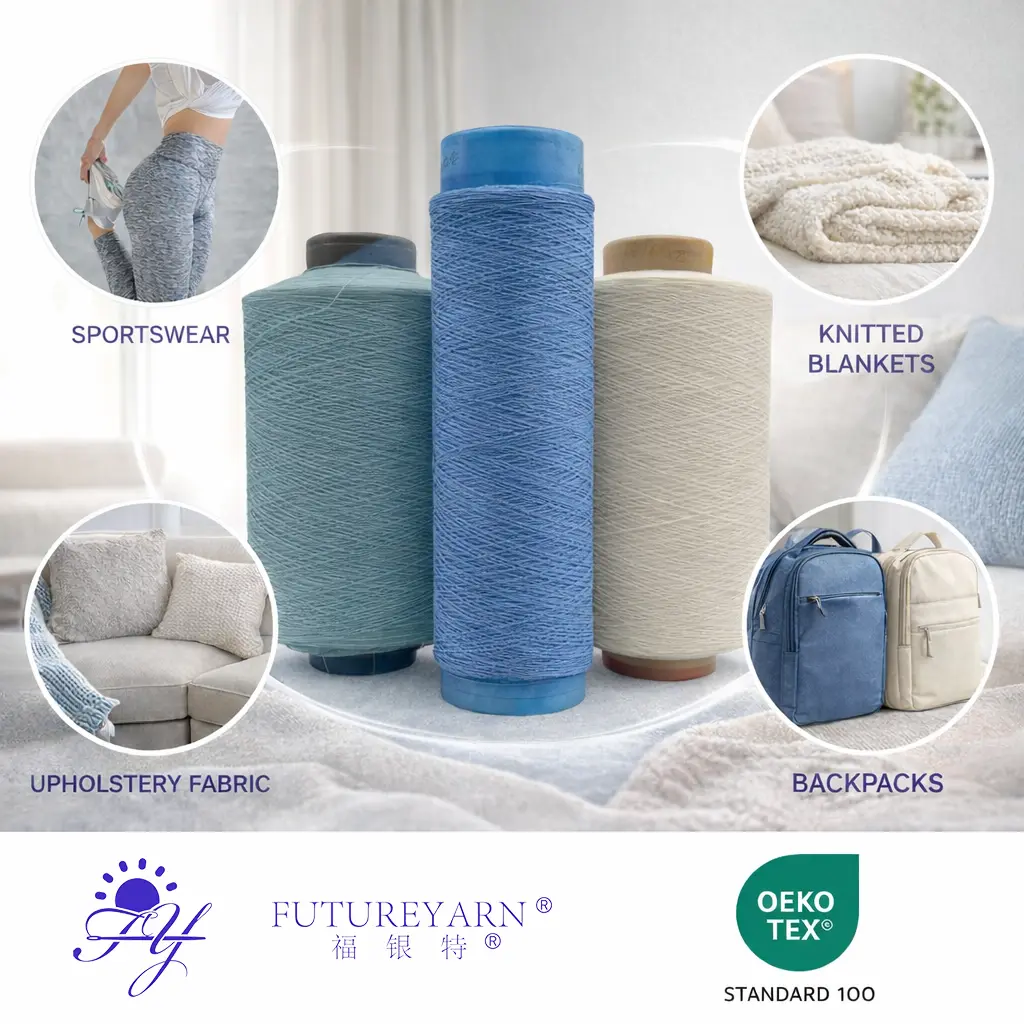In the constantly evolving landscape of tire manufacturing, the need for efficiency, precision, and adaptability has driven the adoption of advanced equipment such as the *SPC100 Frame Type PCR Hydraulic Curing Press*. Designed with cutting-edge engineering and energy-efficient systems, this hydraulic tire curing press presents multiple technical and operational advantages for modern tire production facilities. From supporting various tire sizes to reducing energy consumption, the SPC100 stands out as a high-performance solution for small- and large-scale batch production of high-quality passenger car radial (PCR) tires. In this blog post, SONIWELL, a high performance tire building machine supplier, will share the application advantages of hydraulic tire curing press for sale.
1. Precision Manufacturing for Long-Term Reliability
One of the hallmark advantages of the SPC100 is its accurate manufacturing quality, which ensures long-term, reliable machine performance. Precision in the construction of a hydraulic curing press directly influences the uniformity and consistency of the final tire product. The frame structure of the SPC100 is designed for structural stability and uniform clamping force distribution. This eliminates warping, misalignment, or uneven pressure application, which could otherwise compromise tire quality or increase the rate of production defects.
By maintaining consistent performance even in high-volume or high-pressure production environments, the SPC100 reduces maintenance frequency, minimizes downtime, and contributes to the overall operational efficiency of the tire plant.
2. Versatile Curing Capabilities for High-Performance Tires
The design of the SPC100 fully meets the curing requirements for high-performance PCR tires. As tire manufacturers increasingly turn toward producing specialized and premium-grade tires—such as ultra-high performance or run-flat tires—the curing press must be able to deliver precise temperature, pressure, and timing control across a wide range of mold profiles.
The SPC100 achieves this through optimized mold clamping force (up to 2000 kN) and a large heating plate diameter of 1220 mm. This allows it to accommodate complex tread and sidewall geometries, ensuring optimal curing and tire uniformity across different formulations and tire constructions. Additionally, the robust frame structure offers the necessary support for precision molding, ensuring dimensional accuracy and material consistency in the final tire.
3. Support for Multiple Tire Sizes and Small Batch Production
One of the defining application advantages of the SPC100 curing press is its ability to vulcanize different tire sizes simultaneously. With a bead size range of 13 to 20 inches, manufacturers gain the flexibility to handle various tire specifications without the need to switch machines or undergo time-consuming setup changes. This flexibility is especially useful in markets where customized or limited-edition tire production is common.
Moreover, the SPC100 is optimized for the production of small batches, enabling manufacturers to respond to niche market demands or test runs without compromising throughput or quality. This capability is increasingly important in today' s automotive market, where diverse tire types are required to meet the needs of electric vehicles, SUVs, sports cars, and eco-friendly transportation solutions.
4. Integration of Post Curing Inflation (PCI) System
The optional Post Curing Inflation (PCI) feature further enhances the capabilities of the SPC100. PCI systems are critical for shaping and cooling the tire after the primary curing process. This ensures that the tire retains its shape and structural integrity while cooling gradually and uniformly.
PCI not only improves the dimensional accuracy of the tire but also enhances safety by minimizing residual stress within the rubber matrix. This is particularly beneficial for high-performance tires where uniform inflation, balanced tread, and minimal deformation are essential for handling, ride comfort, and wear resistance.
5. Energy Efficiency through Servo Hydraulic and Thermo Group Valve System
Energy consumption is a growing concern for manufacturers, especially in energy-intensive industries like tire production. The SPC100 addresses this challenge with the integration of a *servo hydraulic system* and an *integrated thermo group valve*. This combination allows for dynamic, demand-based control of hydraulic pressure and heating operations, thereby minimizing energy waste during idle or low-load conditions.
Servo hydraulic systems adjust energy consumption based on real-time operational needs, eliminating the inefficiencies of traditional constant-output hydraulic systems. The integrated thermo group valve enhances thermal efficiency by maintaining consistent and optimized temperature profiles during the curing process. Together, these technologies contribute to a significant reduction in overall power consumption, translating into lower operational costs and a reduced carbon footprint for the manufacturer.

6. Dual Mold Control with Single-Mode Function
Another operational advantage of the SPC100 is its ability to simultaneously control two molds via a *single-mode function*. This function streamlines production by allowing operators to monitor and control two separate curing processes within the same machine interface. Not only does this reduce the complexity of equipment operation, but it also enhances productivity by essentially doubling output without the need for two separate presses.
The single-mode control is particularly useful for small batch production, where rapid changeovers and flexible scheduling are crucial. It also simplifies training and reduces the likelihood of operator error, enhancing overall factory safety and consistency.
7. Reduced Footprint and Maintenance Complexity
Thanks to its integrated design, the SPC100 requires less space than conventional multi-machine setups. This compact footprint allows manufacturers to maximize their factory floor space and improve plant layout efficiency. At the same time, the machine' s modular construction facilitates easier maintenance and part replacement, reducing the time and cost associated with routine upkeep.
With fewer mechanical components and more advanced control systems, the SPC100 simplifies daily operation, reduces failure points, and increases uptime, making it an ideal investment for manufacturers seeking to modernize their curing line.
8. Improved Product Quality and Market Responsiveness
All of the above advantages contribute to the SPC100' s ability to enhance the overall quality of the cured tire. With accurate pressure and temperature control, efficient energy usage, versatile mold compatibility, and post-curing inflation capabilities, manufacturers are empowered to produce tires with excellent uniformity, structural integrity, and performance characteristics.
Moreover, in a competitive and rapidly changing tire market, the SPC100 allows producers to respond swiftly to shifts in consumer demand, regulatory requirements, or technological innovation. The machine' s ability to efficiently handle varied production volumes and tire types ensures that manufacturers can remain agile and competitive.
Conclusion
The *SPC100 Frame Type PCR Hydraulic Curing Press* embodies the evolution of tire manufacturing technology—bringing together precision engineering, energy-efficient systems, and operational flexibility. Its capacity to handle a range of tire sizes, support high-performance curing requirements, and facilitate small-batch production makes it an invaluable asset for both large and boutique tire manufacturers. With features like dual mold control, servo hydraulic systems, and PCI integration, the SPC100 not only boosts productivity but also significantly enhances tire quality and factory efficiency. As the tire industry continues to demand innovation, sustainability, and customization, hydraulic curing presses like the SPC100 are leading the way in redefining modern tire production.
www.soniwellgroup.com
SONIWELL

